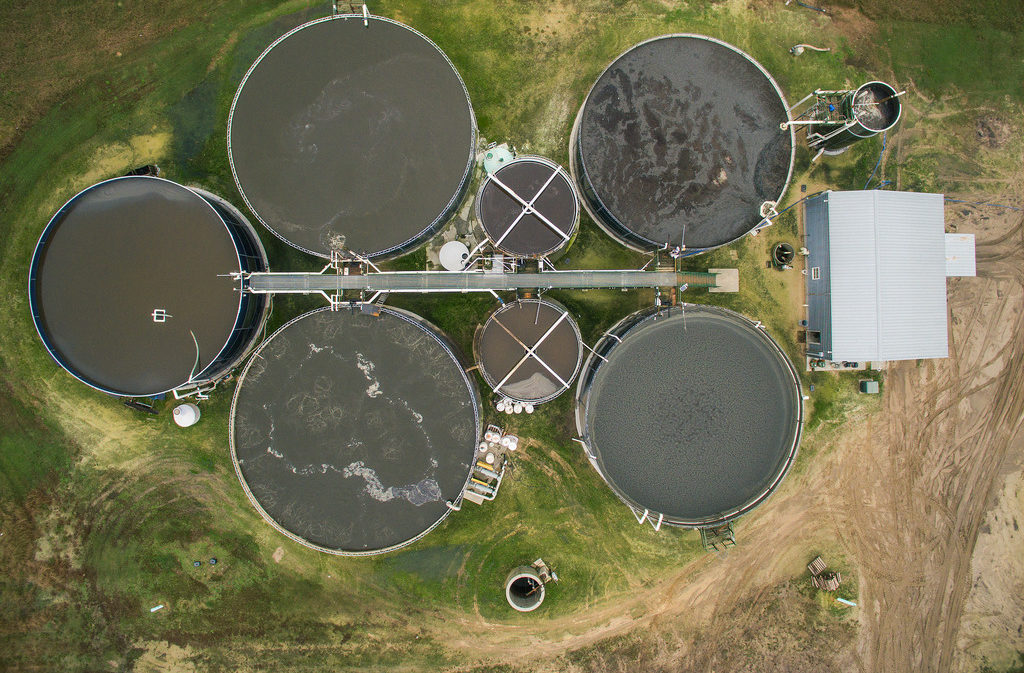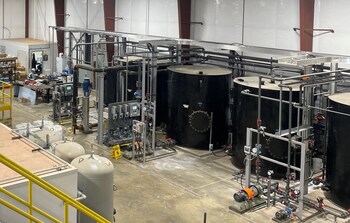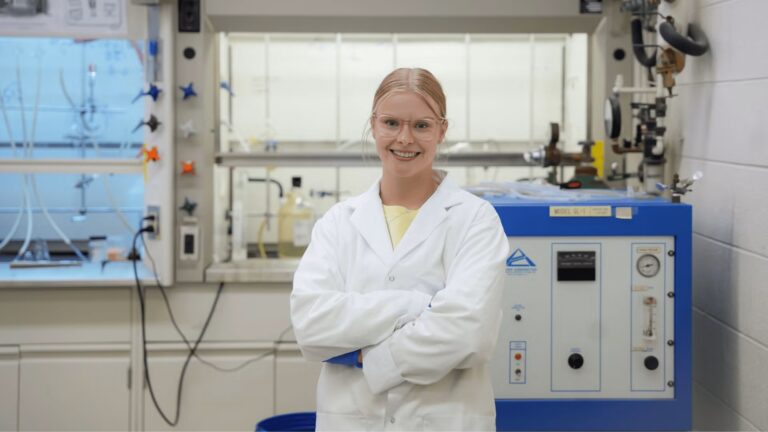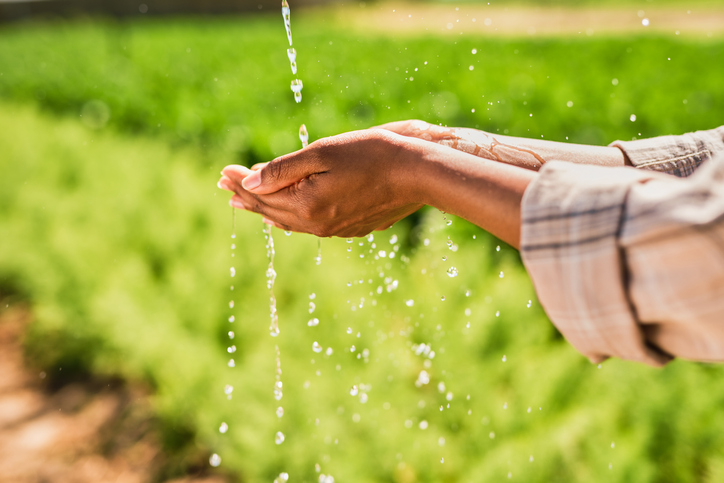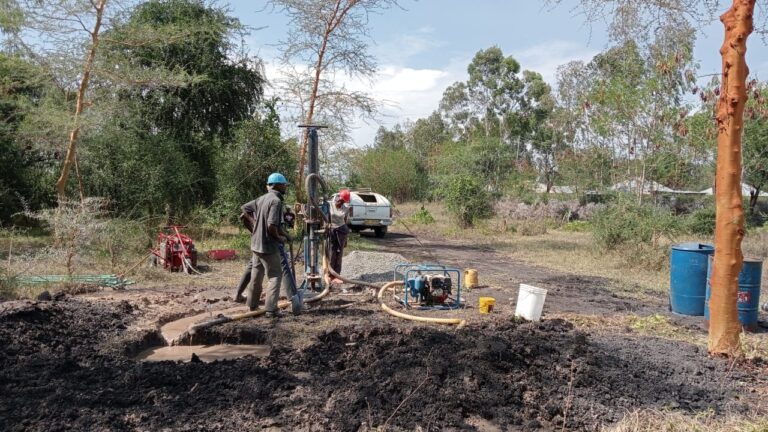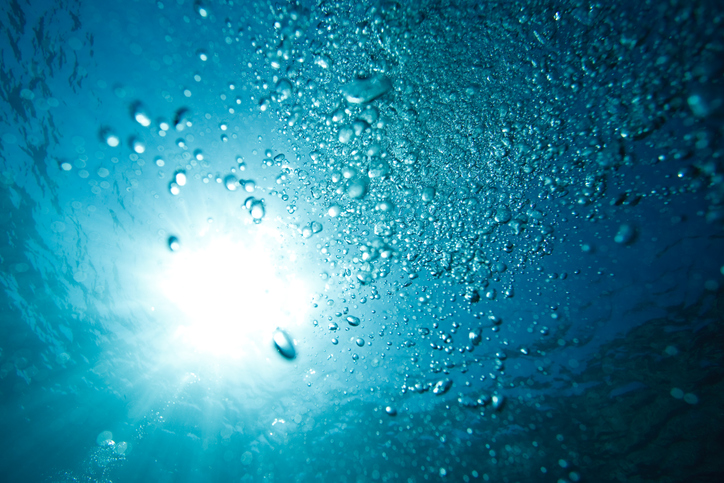Communicating science during a crisis is no simple task. Over the past year, governments across the world have faced the shared challenge of communicating the latest research, public health measures, projections, and uncertainty surrounding the COVID-19 pandemic. Results have varied widely, from strong evidence-based leadership in some jurisdictions to widespread misinformation and public distrust in others.
While in many ways on the periphery of COVID-19 conversations, water sector organizations have similarly been challenged to conduct and communicate critical research on unprecedented timelines.
In countries including the Netherlands and Canada, monitoring of COVID-19 through sewage has emerged as a powerful tool to help public health agencies prioritize limited resources. The development of this approach over the past year has been driven in no small part by the effective coordination and communication of research by water sector leaders.
Effective crisis communication
The Netherlands is a small country operating under a unitary government, with well-established water governance. In fact, water boards are the oldest form of local government in the Netherlands. The interdisciplinary KWR Water Research Institute bridges science to practice through research for the national and international water sector, with a strong focus on the Dutch and Flemish drinking water utilities. KWR works in close collaboration with STOWA (Foundation for Applied Water Research) and the Dutch Water Authorities (water boards) that manage wastewater treatment plants (WWTPs) across the country.
With the onset of the COVID-19 pandemic, KWR sought to support key solutions by leveraging its expertise in wastewater monitoring and risk communications. While a group of scientists began to conduct research on sewage surveillance, a team of social scientists sought to better understand how to effectively communicate science during a public health crisis. The team reviewed a wide range of resources and best practices with the aim of helping colleagues and stakeholders limit the spread of misinformation.
Based on this work, the team produced a report outlining guiding principles and strategies for stakeholders within and beyond the water sector. The report’s key findings include a step-by-step communication process as well as three key themes for communicating science during a crisis:
- Knowing your audience.
- Building trust.
- Informed decision-making to enable action by the target audience.
These three themes can be seen in practice through the effective mobilization of the Dutch and Canadian water communities to advance research around COVID-19 wastewater surveillance.
The Dutch story
KWR researchers were able to quickly pivot towards COVID-19 sewage surveillance at the outbreak of the pandemic. “Most of the sewage surveillance and engagement work is related to wastewater treatment plants and water boards. These are the research and communication partners with whom we have been collaborating the most, and who were already close partners before this work and the pandemic,” explains Frederic Béen, scientific researcher at KWR who has co-led the COVID-19 wastewater surveillance research with Dr. Gertjan Medema.
KWR was able to rapidly share research findings with water boards, WWTPs, and other researchers to help them make informed decisions and take action during the crisis. “In the beginning,” shares Béen, “the focus of the research was on methodology, answering questions like: ‘Can we detect the virus?’ and ‘Can we detect it in a quantitative, accurate way?’ Then the research focus shifted, because suddenly there was confidence in the results that were being produced. So the focus changed to: ‘What do we do with this data?’ and ‘How do you best utilize it from a policymaking perspective?’”
Over the course of the pandemic, KWR’s wastewater surveillance work has focused on international research and coordination, while Netherlands’ National Institute for Public Health and the Environment (RIVM) has operated the national COVID-19 wastewater monitoring program.
KWR’s COVID-19 experience has not been without its lessons. “Sewage surveillance is a support for decision-making which is not used to its fullest potential because, among other things, challenges associated with effectively communicating and translating the data for policy making,” explains Béen. “That is where we still have some work to do to make sure this happens in an effective and transparent manner, so that the strength of the method can be understood by those who are not familiar with this type of environmental monitoring.”
The Canadian story
An ocean away, the Canadian water sector has also been navigating the challenges of COVID-19. But unlike the Netherlands’ well-coordinated water governance structure, Canada’s water sector is more loosely connected. Wastewater services are provided by a network of municipal and regional utilities across the country. They coordinate with public health agencies at municipal, provincial, federal, and Indigenous levels, and are supported by research conducted at a cross-Canada network of universities.
Within this national water management landscape, the Canadian Water Network (CWN) plays an important enabling and coordinating role, serving as a trusted broker of insights for the water sector in a way that helps achieve collective progress. CWN works to assess not only the state of the science but also its particular and varied relevance to different decisions, facilitating conversations to inform decision-making and policy around complex and emerging water issues, from flood management to contaminants of emerging concern.
Early in the COVID-19 pandemic, in recognition of the existing and emerging need in Canada, CWN convened the COVID-19 Wastewater Coalition—a national network to support those interested in wastewater surveillance technology in accessing the latest research and connecting with peers. The role of the Coalition is not to advocate for this technology, but rather to enable the public health community to assess whether or how the approach would be useful.
“Our positioning around wastewater surveillance research and emerging practice was less ‘we need to do this’ and more ‘there needs to be coordination for this to happen in Canada,’” explains CWN CEO Bernadette Conant. “Our engagement strategy leveraged existing relationships.”
Enabling and informing decision-makers rather than public outreach has been the central focus for the Coalition to date. However, a handful of health agencies have taken a leadership role in communicating water surveillance methods and data to the public. Ottawa Public Health was the first to launch a public dashboard to make COVID-19 wastewater data available to residents. Metro Vancouver and City of Calgary have since followed suit.
What’s next?
As we move into pandemic recovery, the water sector’s COVID-19 focus is by no means over. “The pivot now,” explains Conant, “is to better understand variants and define most relevant use cases for this emerging technique of wastewater surveillance, such as long-term care homes, remote communities, and ongoing value and opportunities.”
For KWR, the research and sewage surveillance work with the water boards and WWTPs continues. “In terms of research,” shares Béen, “the work of KWR has triggered follow up studies all over the world. The current situation with the variants offers the opportunity to show the strength of our sewage surveillance method and continue monitoring the spread.”
Both the Dutch and Canadian experiences demonstrate KWR’s crisis communication principles in action. KWR and CWN knew their audiences well due to years of collaboration, which helped them understand and respond to their audience’s needs. Both were trusted leaders in the water sector, which allowed them to coordinate emerging research among a wide array of stakeholders and in a rapidly changing landscape. And in both cases, the resulting research enabled key decision-makers to evaluate and implement new tools to support their pandemic response.
As COVID-19 continues and wastewater surveillance tools become more established, communicating the implications of this emerging research to the public—a complex audience with its own unique set of needs and considerations—will become increasingly important.
The article was written by Lisa Andrews and Alan Shapiro for the May/June 2021 issue of Water Canada. Lisa Andrews is a scientific researcher at KWR. Alan Shapiro is the director of waterNEXT and principal at Shapiro & Company. The authors thank the staff at KWR and CWN for contributing to this article.

